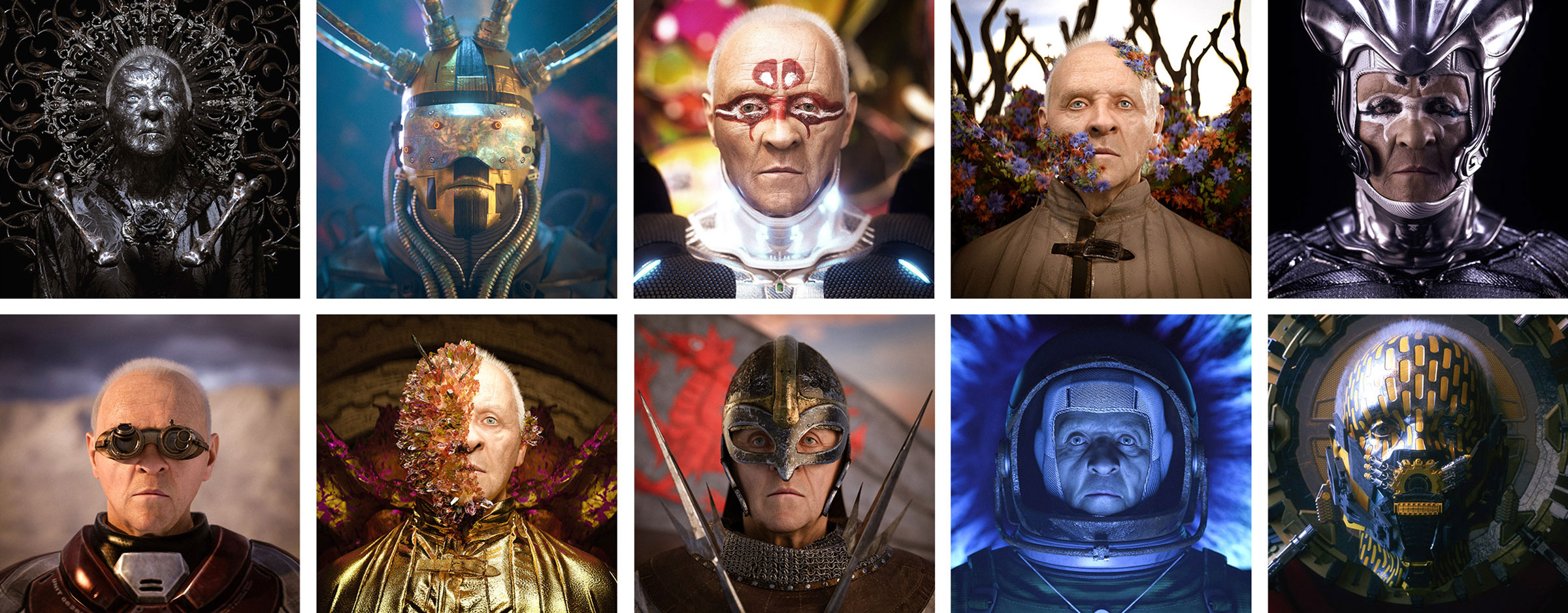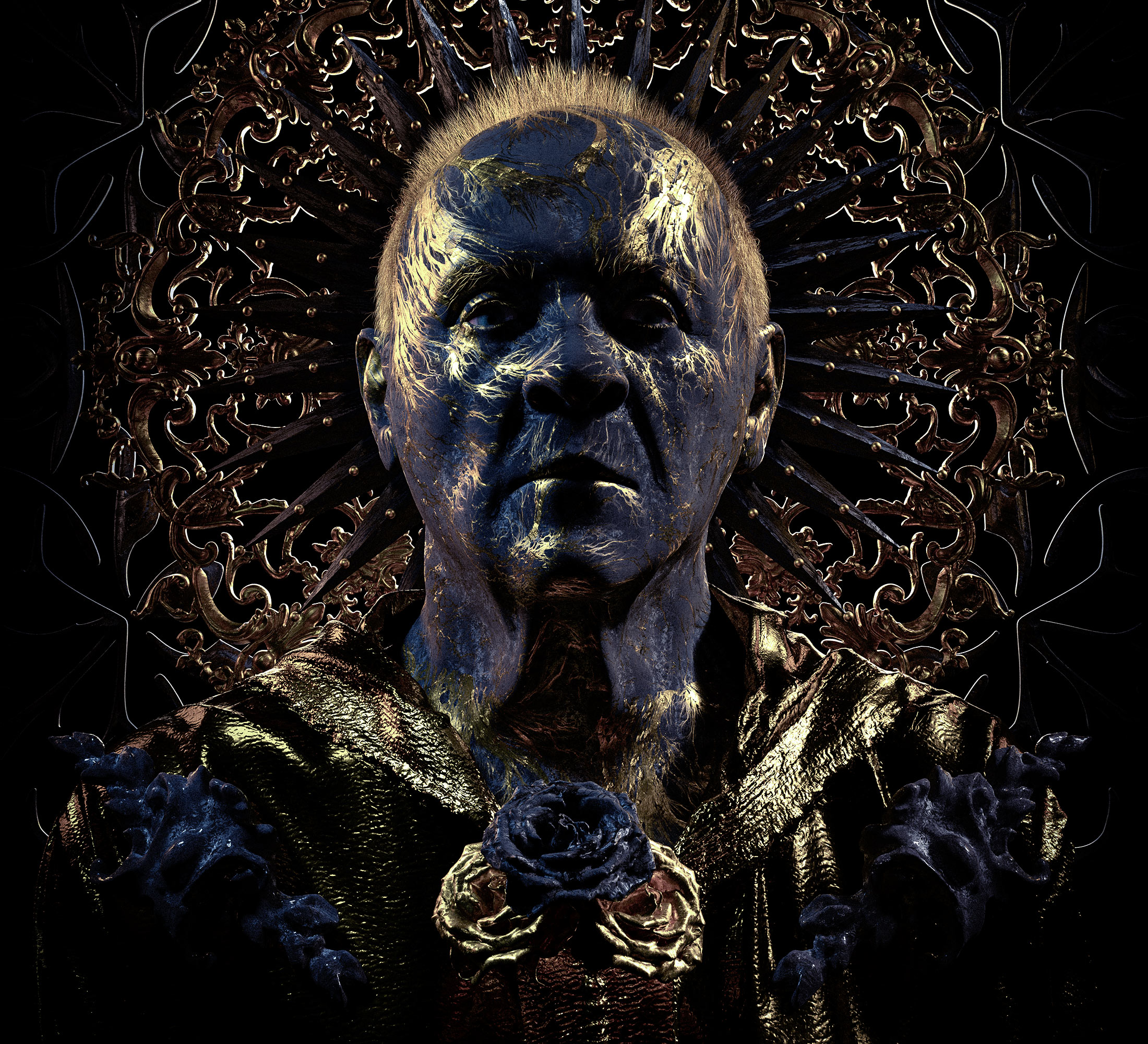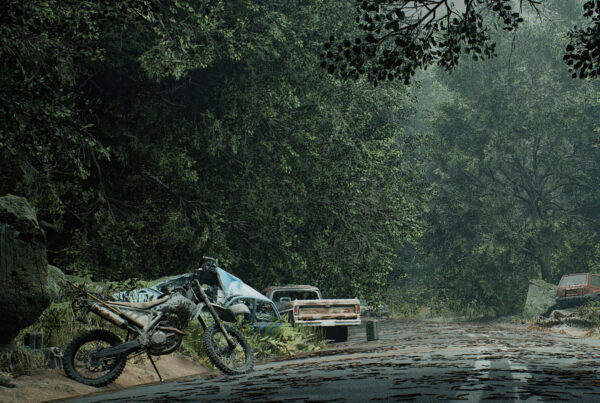
Anthony Hopkins has played Nixon, Hamlet, and an oblivious butler; next, he is starring in a series of non-fungible tokens, portraying an array of Jungian stereotypes, Hollywood style.
The other day, Anthony Hopkins stood before a green screen in a Culver City film studio, contorting his face and arranging his limbs according to the demands of Ramy Romany, a director in a fedora. Hopkins wore textured black loafers and had a fuzz of white hair.
“Now, monster!” Romany called. Hopkins made his eyes wide. “Now, strength and happiness!” Hopkins flexed his biceps. “Now, savior!” Hopkins extended an arm and unfurled his fingers, the big bad wolf in Bottega Veneta.
“Oh, my God, that is so scary,” Stella Arroyave, Hopkins’s wife, said. She wore brown clogs and had her hair in a ponytail. “Evil, evil savior!” Nearby, crew members mingled between a squat black couch and a table of picked-over taco salads.
Hopkins had agreed to star in a series of N.F.T.s, or digital art works, “built on Jungian archetypes,” according to one of his recent tweets, but also derived from his best-known Hollywood characters.

“You obviously know the iconic Hannibal Lecter,” said Dante Ferrarini, a co-founder of Orange Comet, the company producing the N.F.T.s. “But we’re not going to be able to use that exact mask.” (Copyrights and intellectual property being among the least fungible things there are.) Instead, Ferrarini and Hopkins came up with archetypes associated with Hollywood movies—the Jester, the Narcissist—that Hopkins would embody with facial expressions and physical movement.
“Now, do a three-hundred-and-sixty-degree turn,” Romany commanded, while Hopkins finger-wagged to “Staying Alive.” The footage will be combined with renderings of paintings by Hopkins—a triangular self-portrait; a morose visage—as well as digital art works by others.
“We’re bringing the darkness of human nature, the— What are we even calling the collection?” Dave Broome, Orange Comet’s other co-founder, called out to the crew. He had close-cropped black hair and wore a black-diamond-studded dog tag.
“Anthony Hopkins, the Eternal Collection,” Ferrarini said.
A thousand units of the Eternal will be made available to online buyers in October. Starting price: about a thousand dollars. “I was a baseball-card collector as a kid,” Broome, whose credits include producing “The Biggest Loser,” said. He put his cards in a shoebox. He went to college. The shoebox went to the garage. “Eventually, it went to the garbage can,” he said. “Gone forever. Now, in the world of N.F.T.s, I never have to blame my parents for throwing my shit out. If you own an N.F.T. of Anthony Hopkins, he’s immortalized on the blockchain. It’s not going anywhere.”
“It’s almost like ‘Westworld,’ isn’t it?” Hopkins chimed in, settling into an Aeron chair across from Broome. He held a mug of hot water.
“Tape disappears,” Broome said. “It gets digitized, but it does go away. This is a very unique way of taking a legend and bringing him to life.”
A lifelong doodler, Hopkins made a more concerted investment in producing art twenty years ago. “Over the years of doing films, I had scripts, and I used to do drawings on the blank pages opposite the text,” he said. “Stella found them before we got married. She said, ‘You’re an artist. I want you to do some paintings for our wedding.’ ” Hopkins churned out seventy-five, including renderings of the Welsh countryside in which he grew up. “Then she said, ‘Now you’re going to start painting.’ ” Hopkins protested: “ ‘I’m not an artist.’ She said, ‘Of course you are.’ ” Now his canvasses sell for as much as eighty thousand dollars.
A bit later, Hopkins found himself in a house formerly occupied by another hobbyist painter who didn’t quit his day job, Henry Miller. (The house is now a library that Hopkins called “a small California treasure.”) “Miller said, ‘Paint and die happy.’ I took it as a principle: the more we think about it, the less likely we are to accomplish it,” Hopkins said. “The point is to leave the critic behind and just paint. I’m a prolific painter because I don’t know what the hell I’m doing. I have no training, and that’s the best freedom I have.”
He went on, “It’s what I say to young actors. You know, ‘We’re all gonna die and it’s not important.’ ”
Hopkins said he didn’t own any N.F.T.s. (He has subsequently bought a few.) “It’s all completely new to me. It’s all Aaron Tucker,” he said, referring to the C.E.O. of Margam Fine Art, the Los Angeles gallery that represents him. “They started this project and they got it together. I just came in as a, you know, ‘Move here.’ ” He wiggled his fingers, as if to indicate an actor for hire. “I mean, I don’t quite get the whole gist of it,” he added, with a shrug. “It’s an extraordinary age we’re in.”
VIEW ORIGINAL ARTICLE





